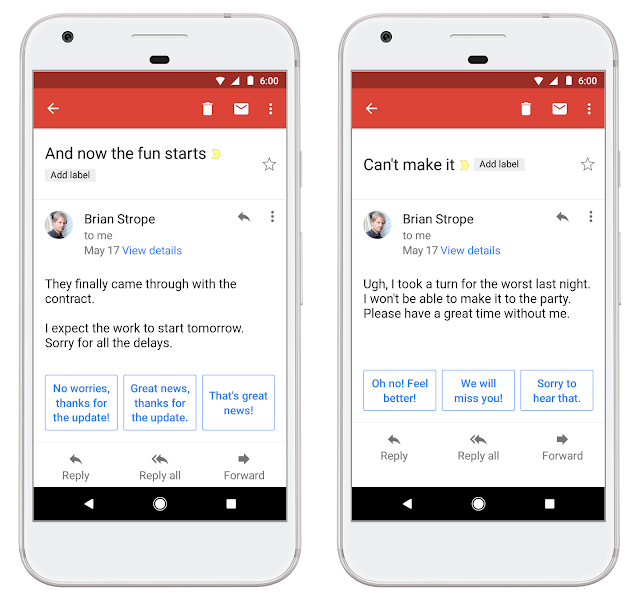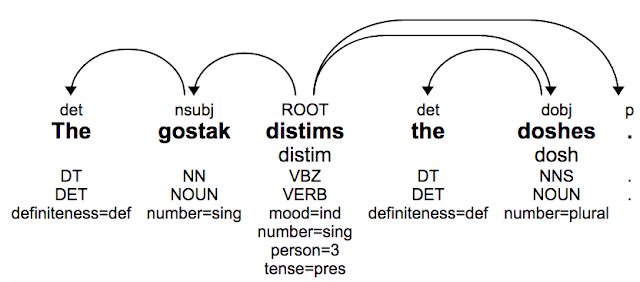Over the last decade, the application and performance of Deep Learning has progressed at an astonishing rate. However, the current state of the field is that the neural network architectures are highly specialized to specific domains of application. An important question remains unanswered: Will a convergence between these domains facilitate a unified model capable of performing well across multiple domains?
Today, we present MultiModel, a neural network architecture that draws from the success of vision, language and audio networks to simultaneously solve a number of problems spanning multiple domains, including image recognition, translation and speech recognition. While strides have been made in this direction before, namely in Google’s Multilingual Neural Machine Translation System used in Google Translate, MultiModel is a first step towards the convergence of vision, audio and language understanding into a single network.
The inspiration for how MultiModel handles multiple domains comes from how the brain transforms sensory input from different modalities (such as sound, vision or taste), into a single shared representation and back out in the form of language or actions. As an analog to these modalities and the transformations they perform, MultiModel has a number of small modality-specific sub-networks for audio, images, or text, and a shared model consisting of an encoder, input/output mixer and decoder, as illustrated below.
1:
When designing MultiModel it became clear that certain elements from each domain of research (vision, language and audio) were integral to the model’s success in related tasks. We demonstrate that these computational primitives (such as convolutions, attention, or mixture-of-experts layers) clearly improve performance on their originally intended domain of application, while not hindering MultiModel’s performance on other tasks. It is not only possible to achieve good performance while training jointly on multiple tasks, but on tasks with limited quantities of data, the performance actually improves. To our surprise, this happens even if the tasks come from different domains that would appear to have little in common, e.g., an image recognition task can improve performance on a language task.
It is important to note that while MultiModel does not establish new performance records, it does provide insight into the dynamics of multi-domain multi-task learning in neural networks, and the potential for improved learning on data-limited tasks by the introduction of auxiliary tasks. There is a longstanding saying in machine learning: “the best regularizer is more data”; in MultiModel, this data can be sourced across domains, and consequently can be obtained more easily than previously thought. MultiModel provides evidence that training in concert with other tasks can lead to good results and improve performance on data-limited tasks.
Many questions about multi-domain machine learning remain to be studied, and we will continue to work on tuning Multimodel and improving its performance. To allow this research to progress quickly, we open-sourced MultiModel as part of the Tensor2Tensor library. We believe that such synergetic models trained on data from multiple domains will be the next step in deep learning and will ultimately solve tasks beyond the reach of current narrowly trained networks.
Acknowledgements
This work is a collaboration between Googlers Łukasz Kaiser, Noam Shazeer, Ashish Vaswani, Niki Parmar, Llion Jones and Jakob Uszkoreit, and Aidan N. Gomez from the University of Toronto. It was performed while Aidan was working with the Google Brain team.
1 The 8 tasks were: (1) speech recognition (WSJ corpus), (2) image classification (ImageNet), (3) image captioning (MS COCO), (4) parsing (Penn Treebank), (5) English-German translation, (6) German-English translation, (7) English-French translation, (8) French-English translation (all using WMT data-sets).
↩












